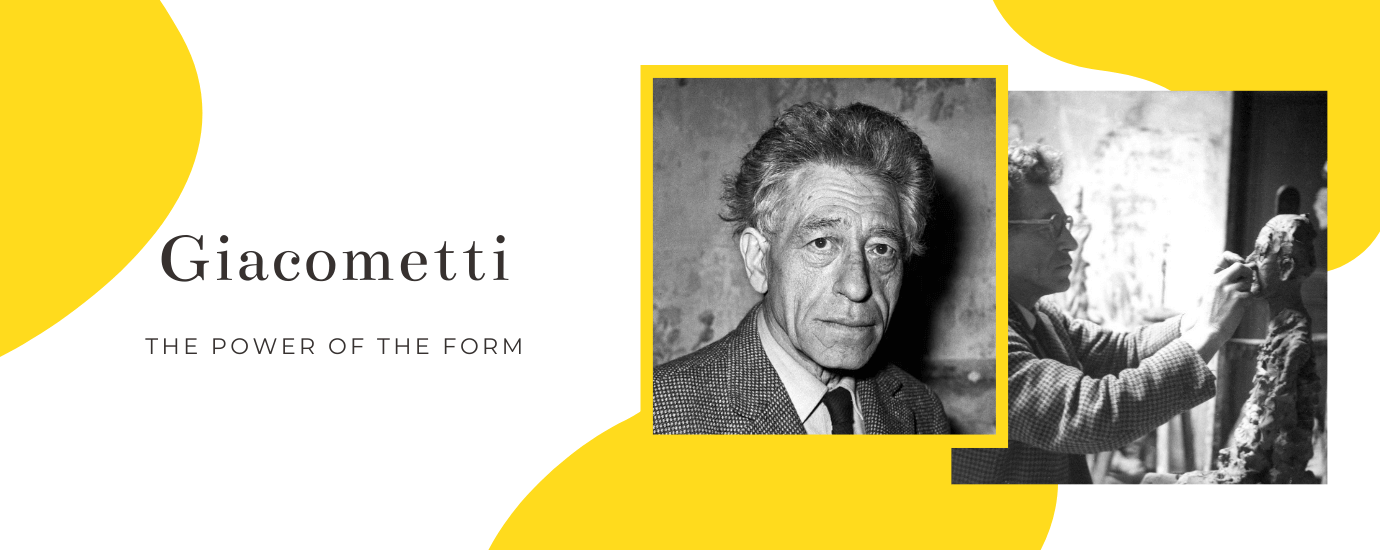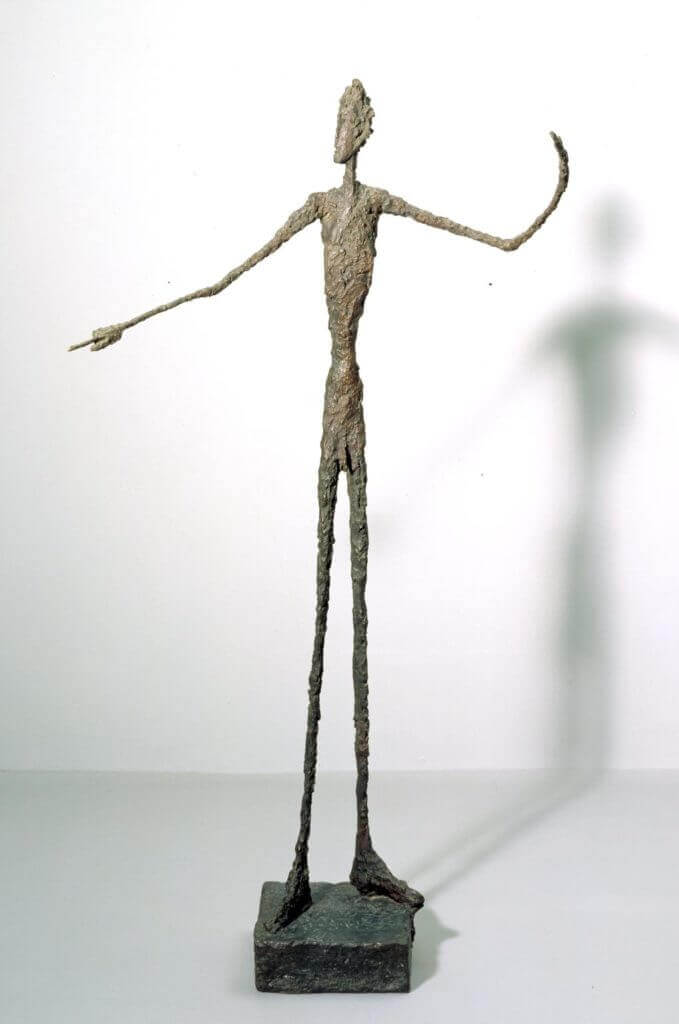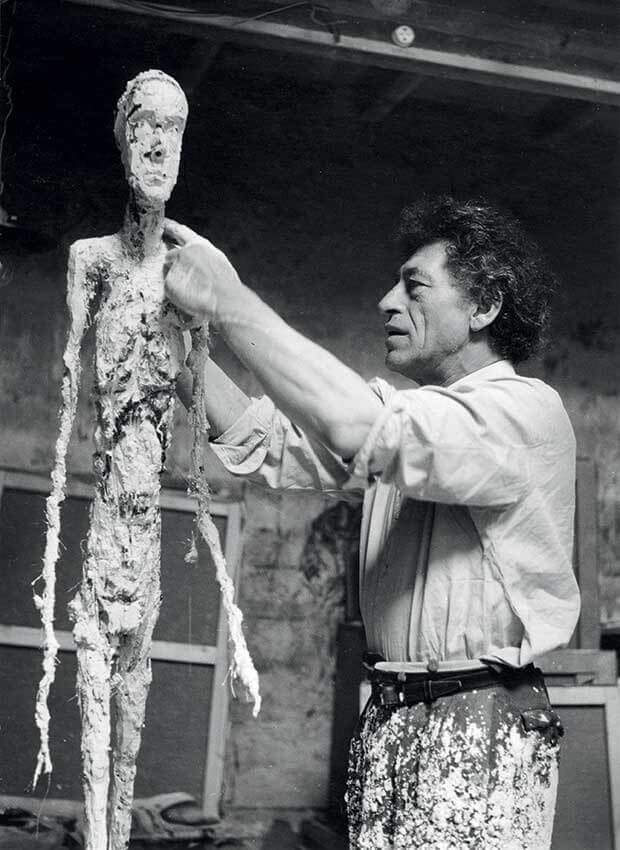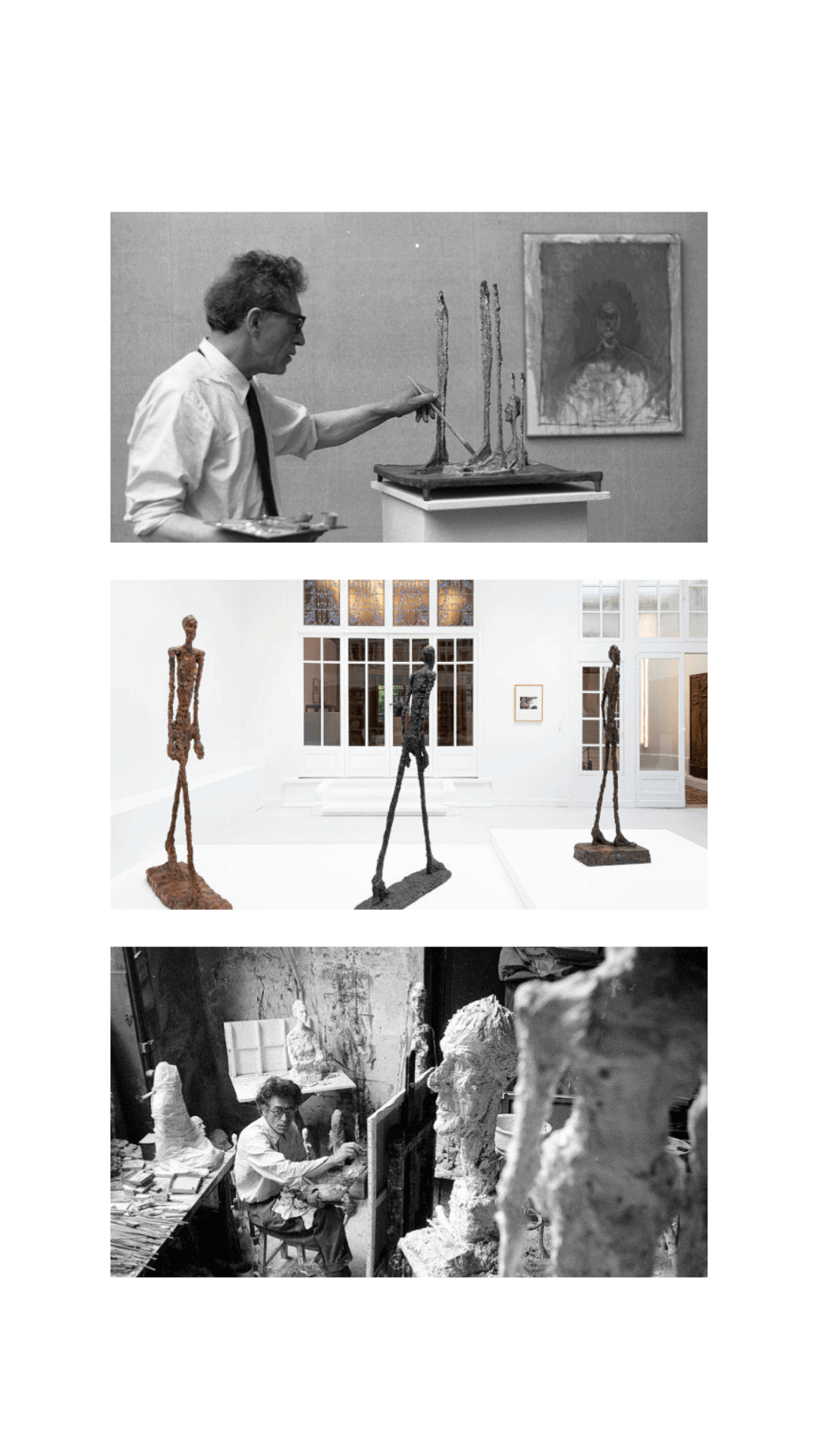WHO WANTS TO SCULPT MILLION?
This Monday, May 11, 2015, the commissioners of the auction house Christie's in New York have certainly had to rub their eyes several times before the enormous numbers of the sale of the day.
Les Femmes d’Alger, a work painted by the inevitable Pablo Picasso in 1955 was awarded for 179.4 million dollars (161 million Euros) while the statue L’homme au doigt by the sculptor Alberto Giacometti is ceded for $141.28 million (€ 126.83 million).
These are the most expensive canvas and sculpture ever sold at auction.
The bronze with the long silhouette, so characteristic of Giacometti, was awarded in just ... three minutes!
He then beat the previous record held by another Giacometti, L’homme qui marche I, which had been awarded for 65 million pounds ($ 103.93 million) in 2010 at Sotheby's in London.
These colossal figures enthroned Alberto Giacometti as a sacred monster of the world of art along with Picasso, Munch, Klimt, Francis Bacon and others Andy Warhol.
Les Femmes d’Alger, a work painted by the inevitable Pablo Picasso in 1955 was awarded for 179.4 million dollars (161 million Euros) while the statue L’homme au doigt by the sculptor Alberto Giacometti is ceded for $141.28 million (€ 126.83 million).
These are the most expensive canvas and sculpture ever sold at auction.
The bronze with the long silhouette, so characteristic of Giacometti, was awarded in just ... three minutes!
He then beat the previous record held by another Giacometti, L’homme qui marche I, which had been awarded for 65 million pounds ($ 103.93 million) in 2010 at Sotheby's in London.
These colossal figures enthroned Alberto Giacometti as a sacred monster of the world of art along with Picasso, Munch, Klimt, Francis Bacon and others Andy Warhol.



















